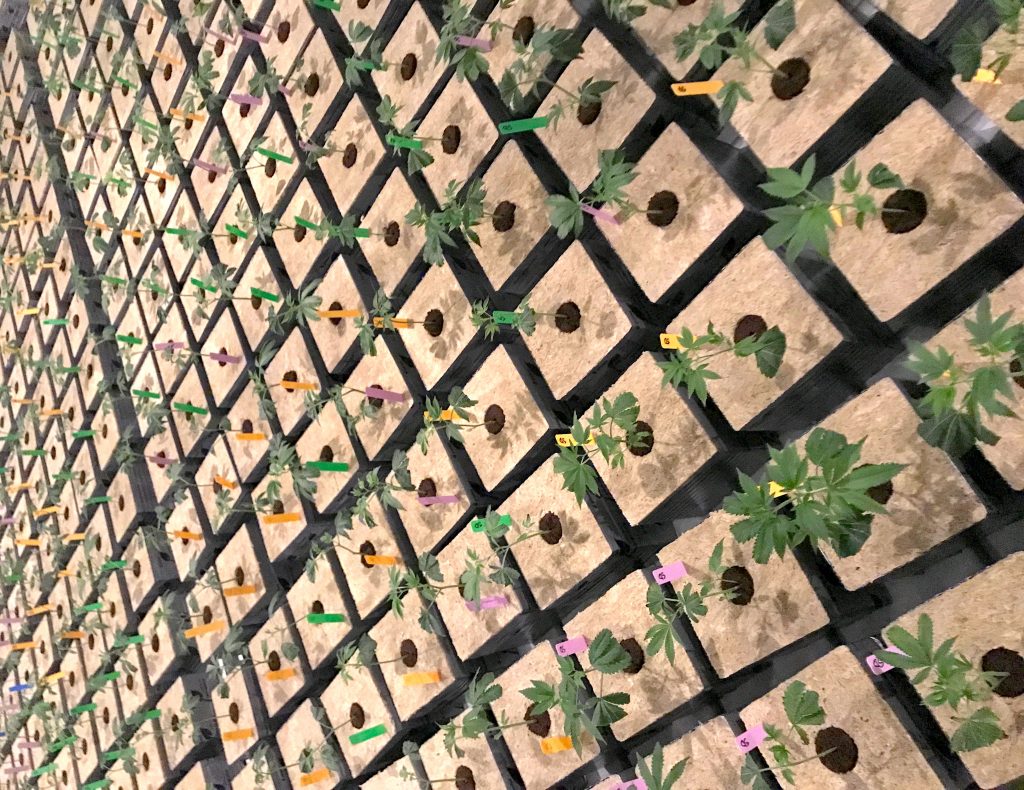Commercial agriculture requires careful planning and business savvy, and cannabis is no different when it comes to the seeds-versus-clones debate. Rather than simply asking whether seeds or clones are better for launching a cannabis cultivation operation, growers should factor in the differences between autoflower, photoperiod and feminized seeds—and how these various types of cannabis seeds impact production goals and operations.
Technological advances and expansion of legal markets have enabled cannabis genetics companies to develop seeds that mimic some of the key qualities that make clones so appealing. But some seed varieties are better suited to certain growing environments than others, and result in crops with different characteristics.
Wondering which type of cannabis seed is right for your grow? Here’s a rundown:
What Are Autoflower Seeds?
The difference between autoflower and feminized seed ties to the plant’s internal clock. As the name suggests, autoflower seeds become plants that automatically begin their flowering phase after approximately three weeks of growth without any action on the grower’s part to change light schedules or irrigation patterns.
Autoflowering cannabis has some distinct advantages in outdoor growing environments. The short vegetative phase means a production run can be completed in as little as eight to 10 weeks, allowing for quick successions of crops, even while the summer daylight hours extend past the 12-15 hour mark . The plants also have a stockier, more indica-esque growth habit that requires less infrastructure to support and maintain. However, compared with plants that have a longer timeframe to develop, the quick turnaround for harvest can mean less yield, as well as different workflow and labor needs for processing.
What Are Photoperiod Seeds?
On the other hand, photoperiod seeds, aka “regular” seeds, have a bloom phase directly tied to lighting schedules. Poinsettias are a well-known example of another commercially produced plant where managing the 24-hour photoperiod is critical for flowering.
While photoperiod seeds can absolutely be planted outdoors for sungrown seasonal harvests, they’re obviously well-suited for the environmental controls that exist within indoor cultivation facilities.
Mother plants for cannabis clones originate from photoperiod seeds, as autoflower seeds cannot be used for clonal propagation due to the short vegetative phase. In addition, photoperiod seeds are associated with higher-quality flower in terms of cannabinoid and terpene production, and plants that boast higher yields, making their higher-maintenance qualities a worthwhile tradeoff.
What Are Feminized Seeds?
Feminized seeds are a subcategory of photoperiod seeds, so the same light-schedule guidelines apply.
This type of cannabis seed is the result of genetic manipulation of female plants to encourage hermaphroditism, a complex endeavor that induces them to generate pollen containing only female chromosomes.
Utilizing feminized seeds not only greatly reduces the chance for unwanted seed production in a grow, it reduces labor overhead spent identifying and removing male plants from a cultivation room and can improve yields. Feminized seeds also help growers dodge the time-intensive process of popping seeds and then sorting the resulting plants by gender.
Bottom-Line Considerations
When generating cash flow is a priority for a new operation, autoflower seeds no doubt are tempting. However, the vastly different production schedules—along with workflow and labor adjustments—create a lot of headaches.
Regular and feminized seeds typically are the more popular choice for indoor growers because these categories are associated with higher-quality crops—important considerations for establishing brand reputation whether your company is producing for retail flower sales, extraction purposes or both.
However, starting from seed means there is extra work involved in establishing a strain library that is foundational for an operation’s long-term success. Phenohunting to identify the best potential mother plants for cloning requires time and expertise. A cultivation operation is often better served by sourcing clones from a reputable source, allowing growers to focus on maximizing their facility operations.
